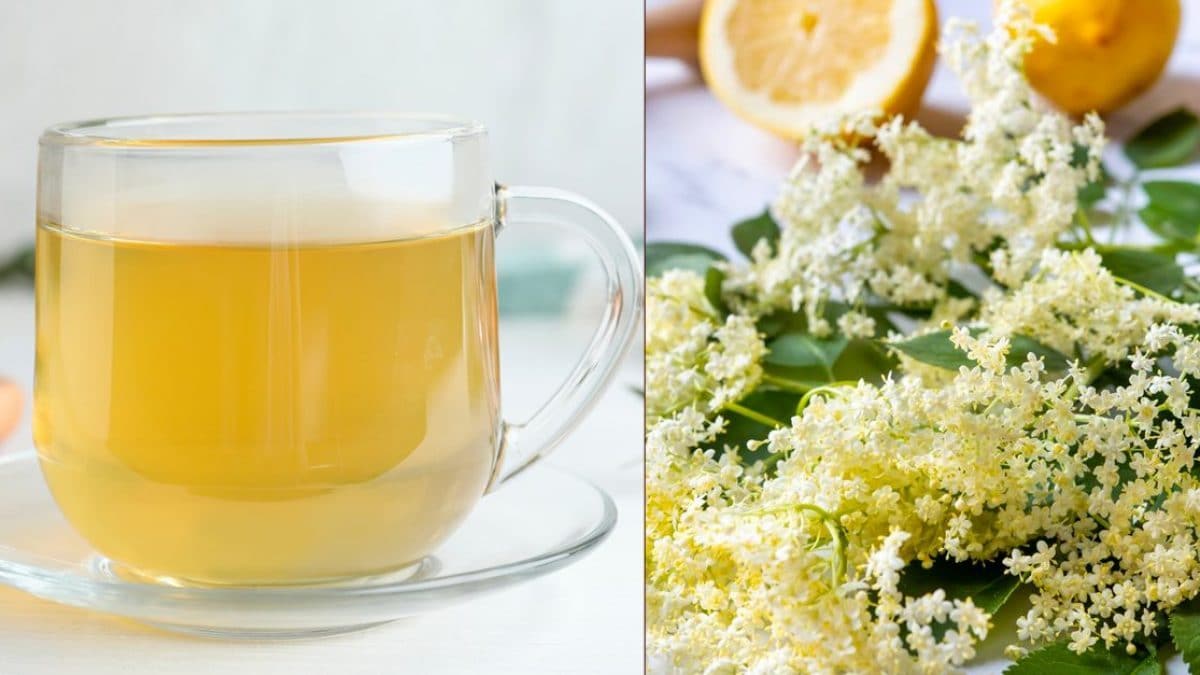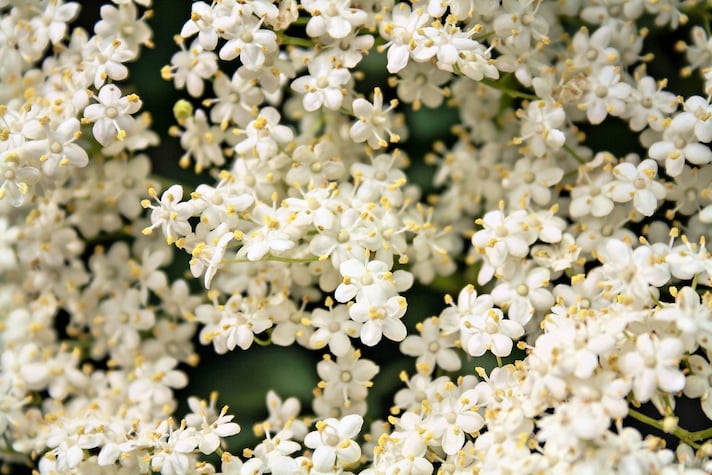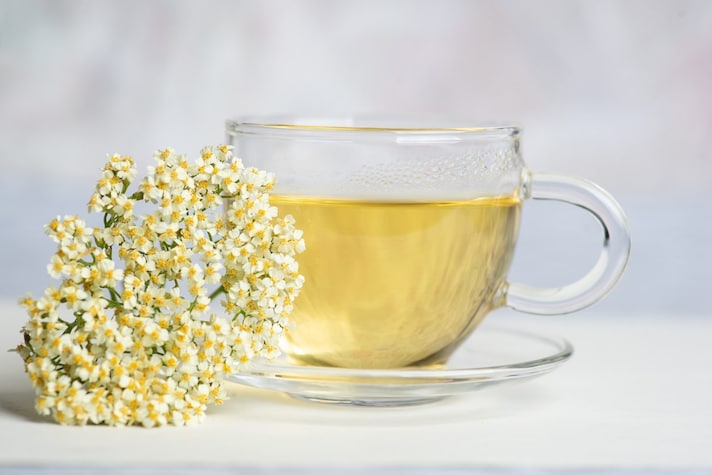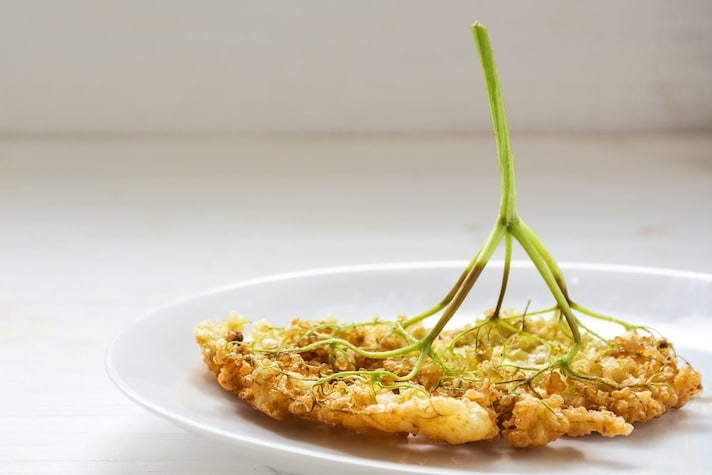
Some people think of the famous Harry Potter wand, others of the famous liqueur of the same name: in reality, elderberry is a shrub or small tree belonging to the Caprifoliaceae family. Widespread throughout much of the U.S., elderberry is linked to stories and legends, both Christian and pagan, and is considered a valuable ally for both health and cooking.
Characteristics and Origins of Elderberry
The origins of elderberry appear to be very ancient and linked to particular medical properties: in some ancient texts, Theophrastus describes its healing properties, while Hippocrates and Pliny the Elder mention it in some testimonies that see it as an ingredient in a particular drink called aktè, useful for inducing sleep. But, in reality, it seems to have even more ancient origins: traces of this particular plant seem to exist as early as the Neolithic, demonstrating that it was probably already used for medical purposes at that time. Even during the Middle Ages, elderberry found its way into the cloisters of monasteries, where monks used to prepare herbal teas, decoctions and syrups with it. As for the origin of the term, however, there is no certain evidence, but it seems that the word elderberry derives from the Greek sambyke, an instrument similar to a flute, made using the branches of this plant.
From a botanical point of view, elderberry appears as a small shrub that can reach 10 meters in height, with leaves about 20 centimeters long that bear small, beautiful white flowers. It grows wild in Europe and Western Asia and blooms between April and June: in our country, it can be found in areas with a temperate climate and in sunny, uncultivated places, but also near waterways and humid areas.

A Powerful Ally for Health: Properties and Benefits
It's no coincidence that the Germanic peoples called elderberry the "pharmacy of the Gods": in fact, the flowers and berries have incredible health benefits. Particularly recommended for flu and colds, they have draining and anti-inflammatory properties, helping to relieve symptoms such as coughs, colds, fever, sore throats, and sinusitis. The flowers can be used to prepare delicious herbal teas that help fight colds but also combat asthma and allergic rhinitis. Thanks to their anti-inflammatory properties, compresses made with an infusion of elderflowers are ideal for reducing swelling and irritation in the eyes.

Furthermore, elderberry is rich in protein, fiber, unsaturated fatty acids, vitamins, minerals, and, above all, polyphenols: this mix of components makes it an incredible ally in fighting oxidative stress, thus slowing cellular aging. According to some studies, in fact, the active ingredients in elderberry help keep blood pressure and blood sugar levels under control, as well as having a potential protective role in cancer prevention.
Contraindications
Despite the potential beneficial effects of this plant, it's important to note that not all parts of the elderberry are edible: the unripe berries, leaves, seeds, and bark contain toxic substances that can cause serious digestive problems, including vomiting, diarrhea, and nausea. The flowers and ripe berries, however, can only be consumed if carefully prepared. Therefore, we always recommend carefully checking the origin and condition of the parts used to avoid unpleasant consequences. Furthermore, elderberry is not recommended during pregnancy, breastfeeding, or in cases of known allergies to the plant.
How to Use It In The Kitchen
As previously mentioned, elderflowers and their berries are the parts that can also be used in your recipes, always taking care to choose them and prepare them with care. With the flowers you can obtain a fresh and fragrant syrup, with a slightly sweet taste, or even delicious jams to spread on a slice of bread in the morning or as an afternoon snack. For a more delicious recipe, you can try making some delicious fritters: simply dip the well-washed flowers in a mixture of water, flour and egg – for the sweet version, add sugar to the batter – and then fry them in boiling oil.

But we can't talk about elderflower without mentioning one of the most famous and popular cocktails for our aperitif: the Hugo Spritz is born from the combination of prosecco, elderflower syrup, soda water and mint leaves, for a fresh and thirst-quenching drink that is hard to resist.
From Harry Potter to Judas: Legends and Stories Related to Elderberry
Every Harry Potter fan, hearing the word elderberry, immediately thinks of the most powerful wand in the wizarding world, the one capable of accomplishing the most arduous tasks for any wizard. But Hogwarts isn't the only place where elderberry has magical properties: in Scandinavian culture, it's said that there's an "Elder Mother," a spirit who resides in the tree and can punish anyone who tries to cut it down without her consent.
In Germany, however, the elderberry takes on the appearance of a fairy who has the power to protect those who respect its tree but, at the same time, can punish transgressors. Another popular legend also attributes the elderberry the name "magic flute": it is believed that this musical instrument, made from its branches, can ward off spells and evil spells with its sound. In Christian tradition, however, it is said that Judas, after betraying Jesus, hanged himself from an elderberry tree, which, from that moment on, was considered unlucky.
In general, however, the elder tree, in rural and peasant tradition, was considered capable of keeping demons and witches away, which is why it was often present outside houses or in the gardens of monasteries.
;Resize,width=767;)
